Motor Transport
How buses, trucks and cars took over the roads around here
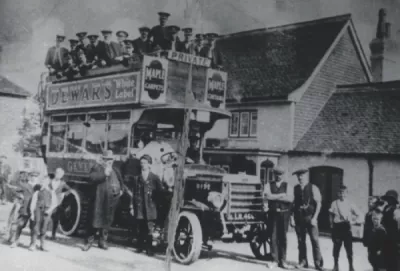
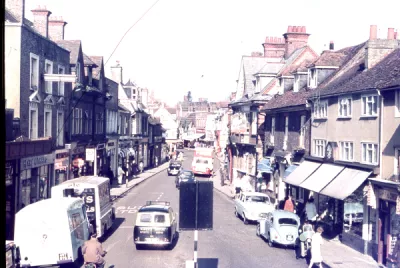
A hundred years after the turnpike which formed the High Street was disestablished, traffic through Rickmansworth looked like this
Land travel and transport was, of course, built into life from the earliest days of human habitation, even before 'roads' began to form by the action of feet creating paths. But it is clear that people of all sorts travelled further and more freely that is often understood, and the maintenance of the King's Highway was a matter of concern in the medieval period and afterwards. The first Highways Act dates from the reign of Queen Mary, and was followed by others at intervals, leading to the formation of the first turnpike roads.
It was not until the start of the twentieth century that roads were routinely surfaced in tarmac, and in wet weather many must have been very difficult to negotiate. Our urban roads were important, but became to busy to be tolerated - and we had to park our cars somewhere, so by-passes and multi-storey car parks appeared. The development of Metroland will have been instrumental in providing dedicated residential roads, here as elsewhere, and numbered trunk roads spread across the country as road vehicles proliferated - in Three Rivers the A41 was probably the chief of these - and the start of the motorway era in the late 1950s clearly changed the way we all travel today. But the advent of the London Orbital motorway, the M25, cut across the area, and gave rise to a number of feeders and other required services.
It was not until the start of the twentieth century that roads were routinely surfaced in tarmac, and in wet weather many must have been very difficult to negotiate. Our urban roads were important, but became to busy to be tolerated - and we had to park our cars somewhere, so by-passes and multi-storey car parks appeared. The development of Metroland will have been instrumental in providing dedicated residential roads, here as elsewhere, and numbered trunk roads spread across the country as road vehicles proliferated - in Three Rivers the A41 was probably the chief of these - and the start of the motorway era in the late 1950s clearly changed the way we all travel today. But the advent of the London Orbital motorway, the M25, cut across the area, and gave rise to a number of feeders and other required services.
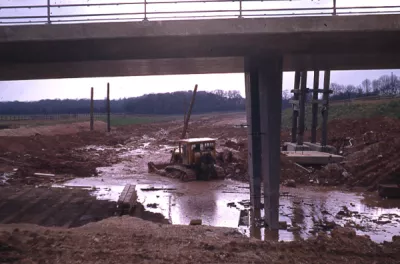
The M25 cuts through the Three Rivers countryside
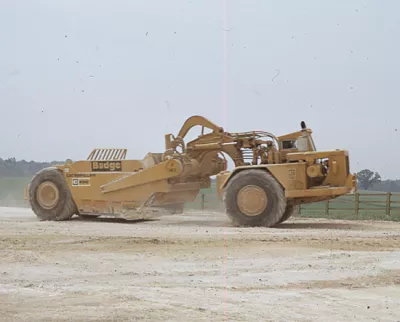
A sign of the times - could this have been done without this machinery?
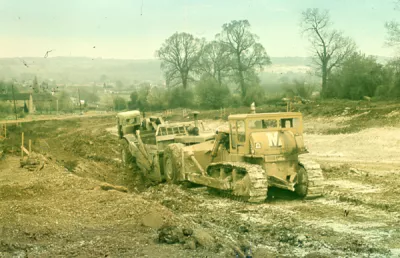
Necessary, no doubt - but destructive!
This account of the roads of this area will be expanded and further illustrated over the next few weeks.